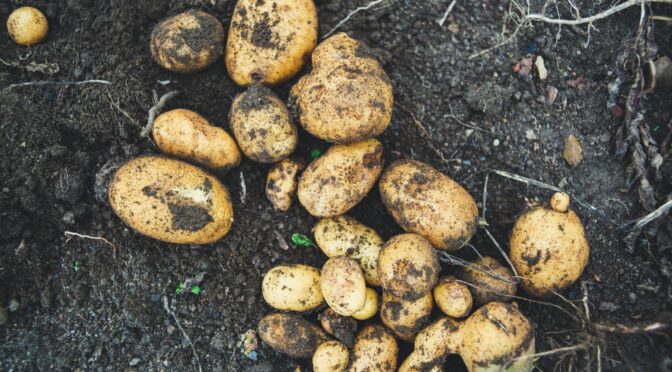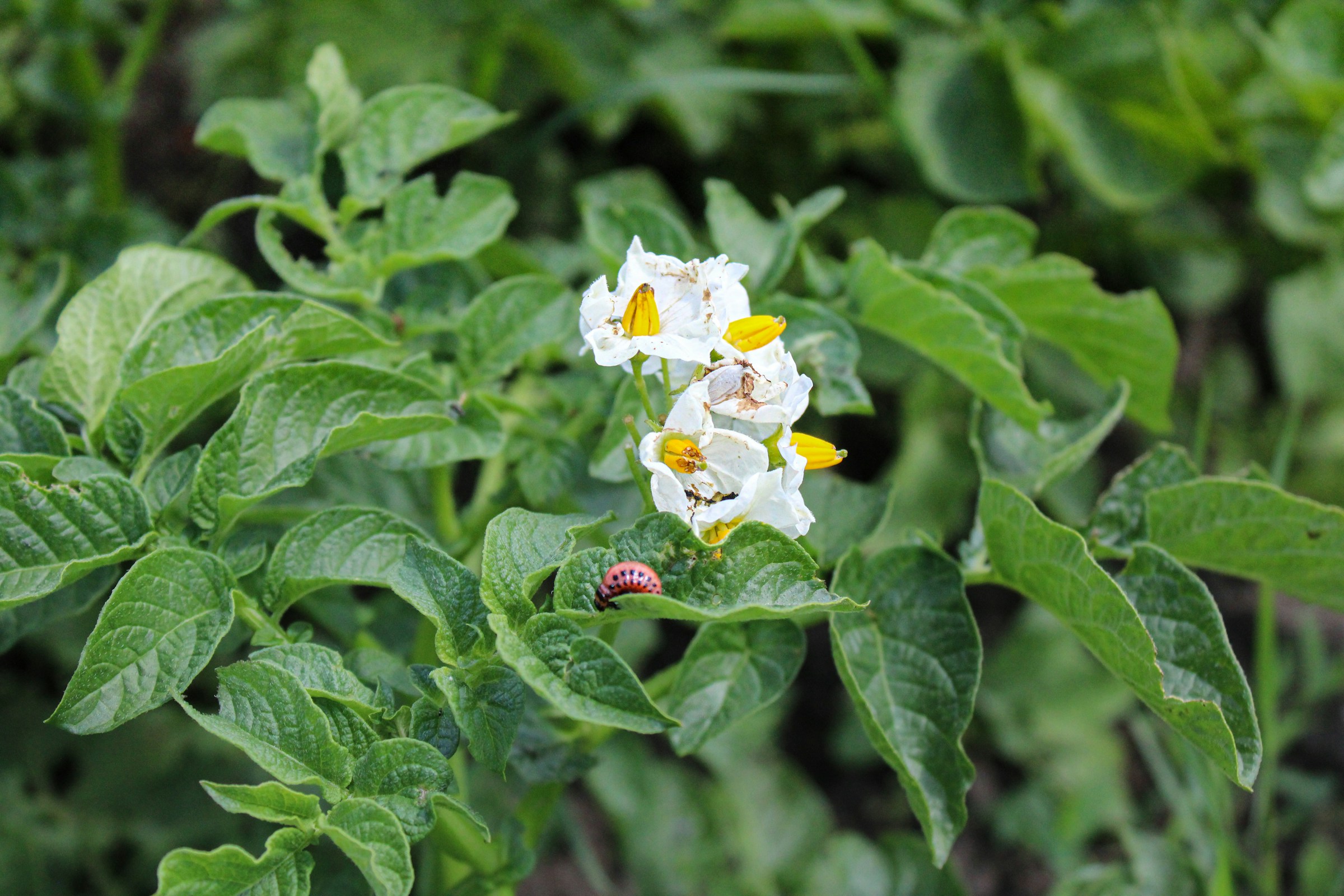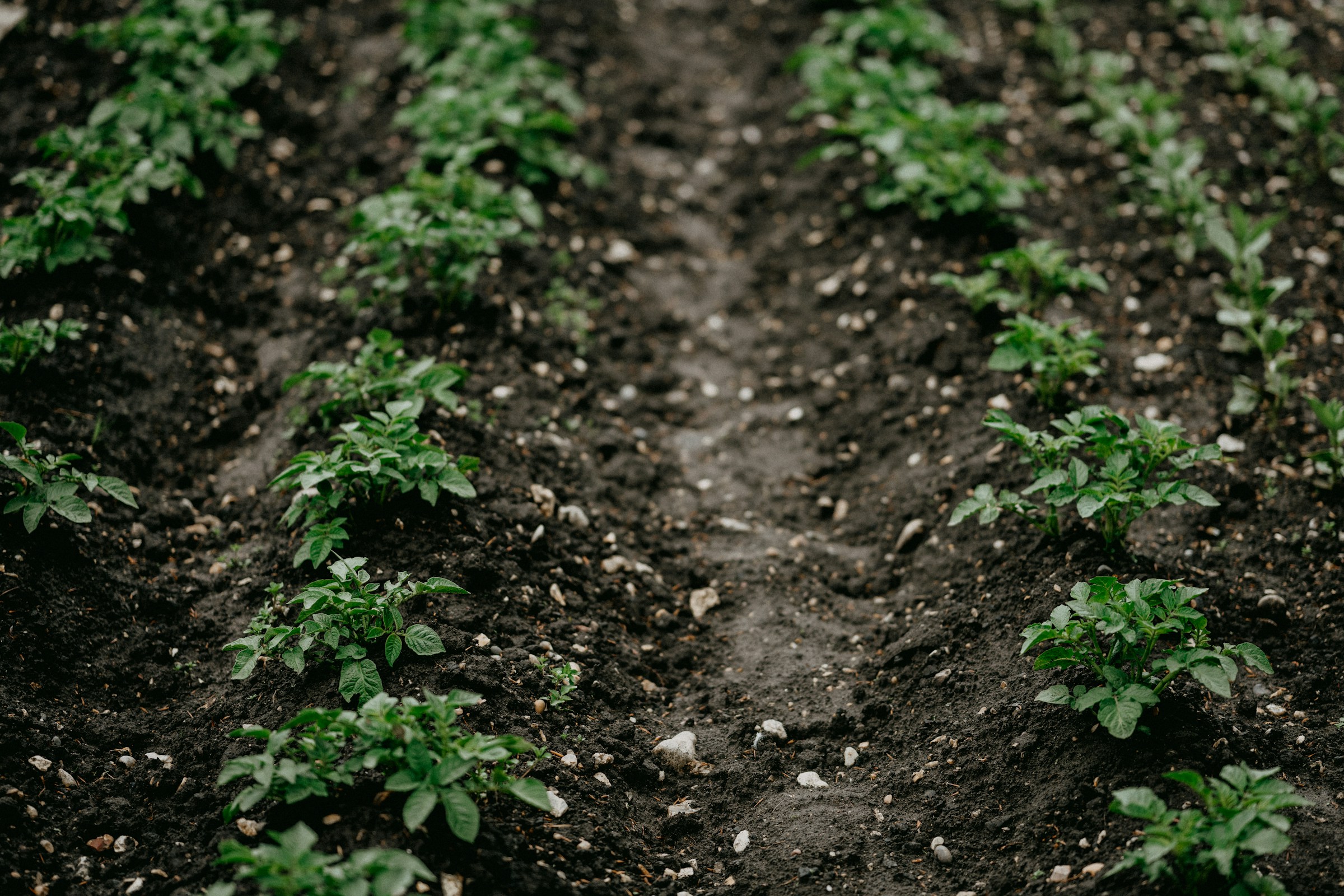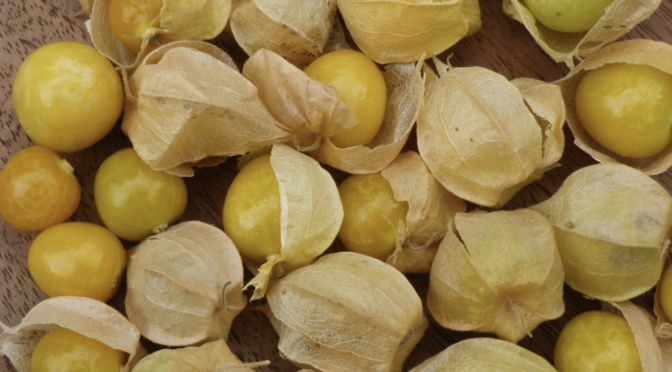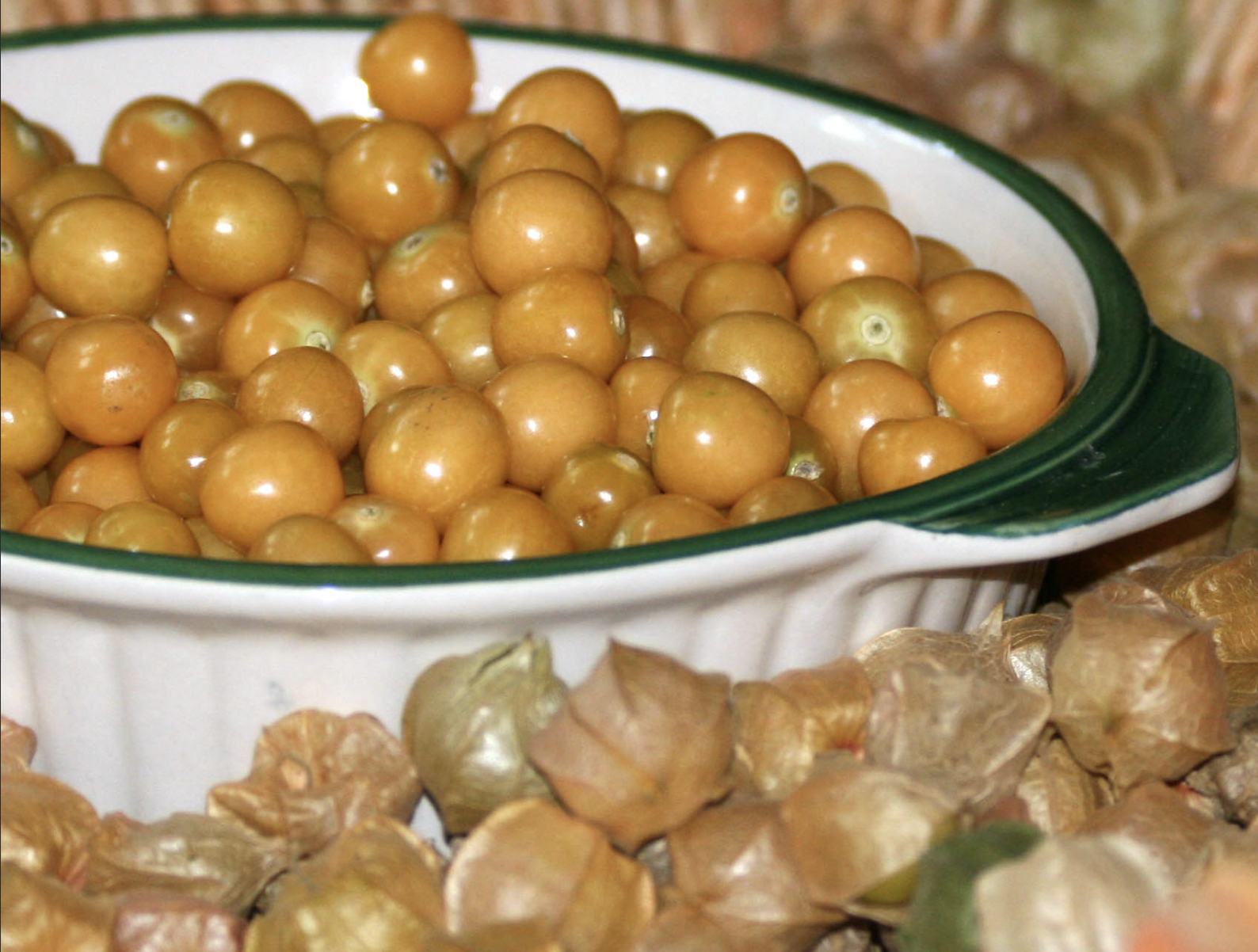Melons are one joy of the summer garden. They’re sweet, juicy, and aromatic, but they can be a little tricky to grow. In this guide, we’ll cover everything you need to know to have success growing melons or muskmelons (Cucumis melo var. reticulatus).
Muskmelons include green-fleshed and orange-fleshed melons and are often confused with cantaloupes. Cantaloupes are muskmelons, but not all muskmelons are cantaloupes. We only carry one true cantaloupe, Noir des Carmes.
We have a separate post on growing watermelons (Citrullus lanatus), which are a different species with slightly different needs.
Choosing a Variety
Melon diseases aren’t a significant issue for many growers, but they can be a problem for some. If your garden has a history of melon diseases like Alternaria leaf spot, rust, powdery mildew, downy mildew, and Fusarium wilt. It’s best to stick with disease-resistant varieties.
Thankfully, there are many good options. Here are a few of our disease resistant melons and what they’re resistant to:
- Delicious 51 PMR Muskmelon (fusarium wilt race 1)
- Eden Gem (Rocky Ford) Muskmelon (rust)
- Edisto 47 Muskmelon (alternaria leaf spot, powdery mildew, and downy mildew)
- Hales Best Muskmelon (powdery mildew)
- Old Time Tennessee Muskmelon (downy mildew)
- Top Mark Muskmelon (downy and powdery Mildew)
- Trifecta Muskmelon (downy mildew)
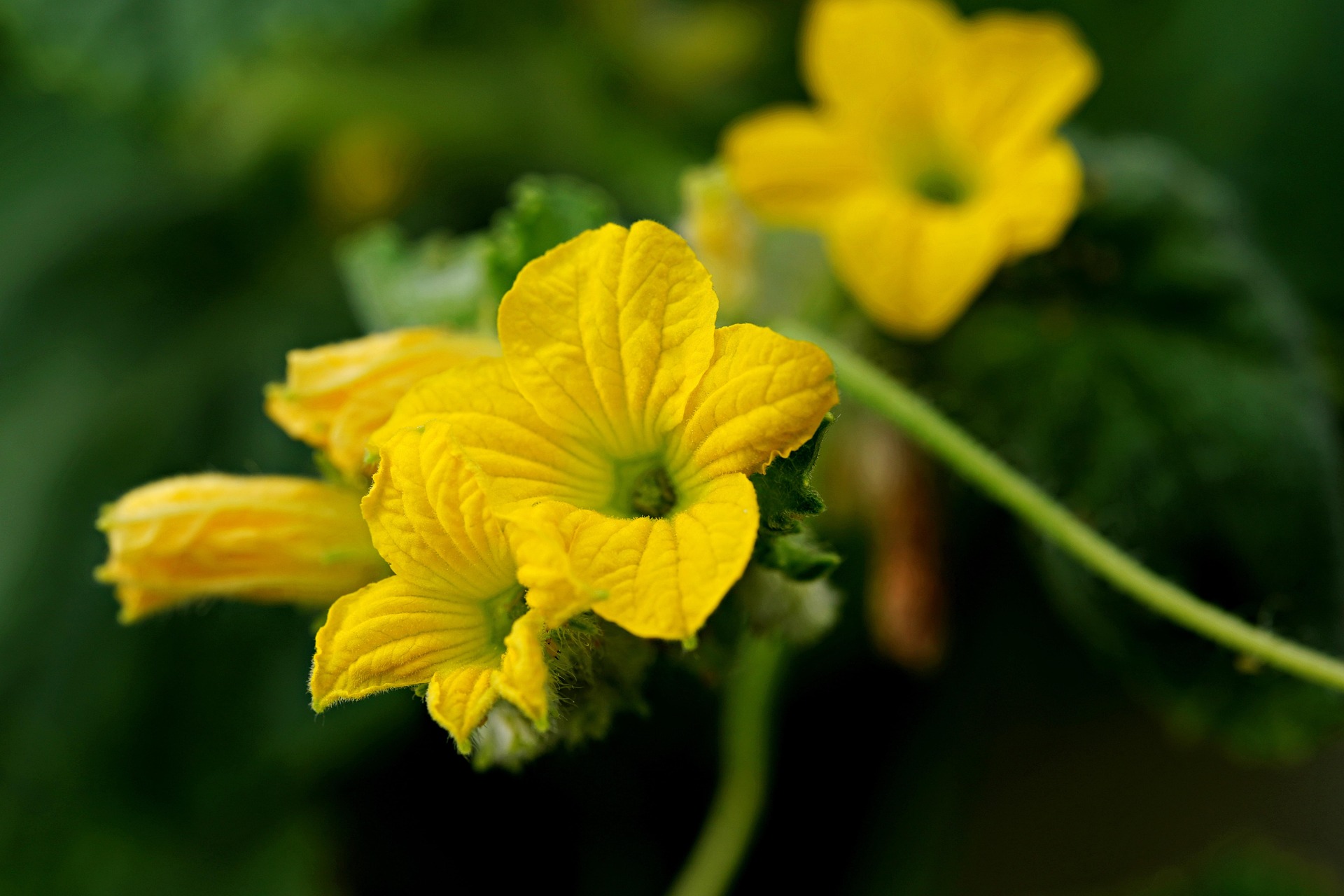
Preparing the Soil for Growing Melons
A good melon harvest starts with good soil. These tender fruits are picky about their growing conditions.
First, get a soil test and ensure the pH of your soil is about 7, but no lower than 6. Melons will cannot thrive in soil that’s too acidic and won’t produce well.
Loose, warm, well-drained sandy loam is ideal for melons. If you have clay soil, you will need to work in a good deal of organic matter. Melons will fail in peat, muck, or heavy clay. No matter what your soil looks like, it’s best to add nutrient-rich finished compost before planting.
If your soil isn’t ideal, consider Pike Muskmelon, which was bred for growing in unirrigated clay soil. Pike produces 3 pound fruits on unirrigated clay or 7 pound fruits on good irrigated soil.
When to Plant Melons?
Muskmelons are extremely sensitive to temperature and have no frost tolerance. Wait to plant melons outdoors until all danger of frost has passed and soil temperatures have reached 70°F. When starting seeds indoors, sow your melons about 2 to 4 weeks before your last frost date.
Timing is key when planting melons. Seedling exposure to cold early in a plant’s life can cause melons to fail to set fruit later in the season.
Depending on your growing season and the variety you select, you may be able to plant multiple successions of melons. For example, growers in most of the Southeast can get multiple successions of a fast-growing melon like Delicious 51 PMR Muskmelon, which matures in just 77 days.

Direct Sow or Transplant?
You can direct sow or transplant melons into your garden, but each method has a few benefits and drawbacks.
No matter which method you choose, you want to water your seeds carefully. While they should remain consistently moist, over-watering can cause melon seeds to rot.
Direct Sowing Melons
Direct sowing melons is less work and may be easier on the plants. Melons have very sensitive root systems that don’t tolerate disturbance, which makes transplanting challenging. However, direct sown seedlings are more susceptible to slug and other pest pressure.
As you must wait to sow until the soil is warm, they may also take longer to produce a harvest. However, you can speed the process a bit by sprouting your seeds before sowing. Sprout the seeds in moist towels in plastic bags. Check them each day, keeping the towel damp. Sow them in the garden before the root reaches the length of the seed.
Using row cover over your melon beds until the plants begin to flower can help eliminate pest issues and protect them from wind.
When direct sowing, plant seeds 1/2 to 3/4 inches deep 1 to 2 inches apart in rows 5 to 6 inches apart. Later, when the seedlings have developed true leaves, thin them to 12 to 18 inches apart, selecting week seedlings for thinning. No one enjoys thinning, but crowded melons produce poorly.
Transplanting Melons
Melons are incredibly delicate to transplant, so for must people we recommend sticking to direct sowing. However, transplanting has the benefit of providing an earlier harvest when done successfully. Transplanting seedlings rather than direct sowing can also help reduce seedling loss from slug and pest pressure.
As they have sensitive root systems, sow your melons in pots, not in flats. Biodegradable pots like newspaper pots are a good option. Sow two to three seeds per pot about 1/2 inch deep. If all three in a pot come up, use scissors to trim off the weaker two.
Keep the pots warm, using a seedling heat mat if possible. Melon seeds germinate best when the temperature is 85 to 90°F. After germination, maintain your seedlings at 75° F or higher.
Hardening Off
Melons are delicate, so it’s important to harden off your transplants. Start by setting them outdoors in indirect sunlight for just a couple of hours. Gradually increase their sun exposure and time outdoors over a couple of weeks.
Transplanting Outdoors
Wait for ideal conditions to transplant your melons. They are more likely to suffer from transplant shock on windy or chilly days. Again, the soil temperature should be at least 70°F. Water your seedlings the day before you transplant and again about one hour before transplanting.
Transplant your melons 12 to 18 inches apart in rows 5 to 6 feet apart. Melons typically have long stems by the time they’re ready for transplanting. To help them grow well, gently bury this delicate stem. This will encourage rooting.
Keep a few seedlings set aside in pots, to fill in any gaps if some of your transplants fail. 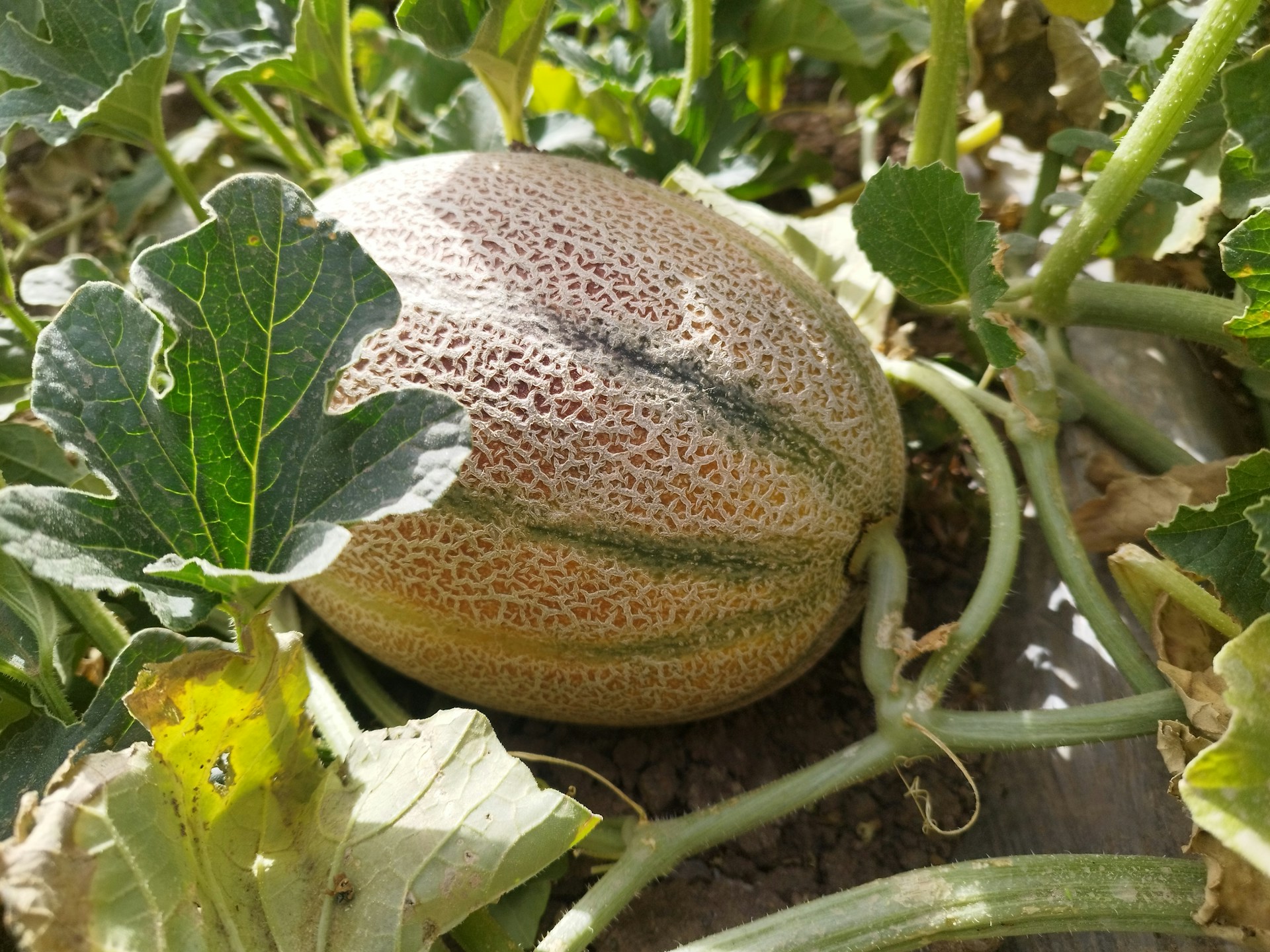
Caring for Melons
Once you’ve successfully transplanted your melons, caring for them is fairly straightforward. However, there are a few key steps you want to take throughout the season to ensure a good harvest.
Watering
Melons require consistent watering through flowering and early fruit set for good production. Keep the soil moist, but not waterlogged. Generally, melons will need about 1 to 2 inches of water per week, depending on the temperatures, wind conditions, and cloud cover.
Water your melons in the morning. Use a drip hose, soaker hose, irrigation or water at the base of the vine to avoid splashing water on the leaves which can contribute to disease issues. Water deeply about three times per week, depending on the rain.
Mulch
Mulch is great for blocking weeds and adding organic matter to the soil, but it can also keep the soil cool. Wait for hot weather to mulch around melons to ensure the soil is warm. Then mulch heavily, especially under developing fruit.
Pest and Wildlife Issues
Unfortunately, there are several pests and animals that may go after your melon plants. Thankfully, there are some surefire ways to deal with them.
Early in the season, slugs will feed on the young seedlings. You can deter slugs by temporarily pulling mulch alway from plants and removing slug hiding places. You can also manage their populations by placing homemade beer traps. Fill shallow containers with beer and place them near your plants. The slugs will get in and drown.
Cucumber beetles are also a major pest of melons and may introduce bacterial wilt to your crop. Proper crop rotation is key to managing cucumber beetle issues. Row cover can also be a good way to exclude the beetles, but must be removed during flowering to ensure good pollination. Amaranth planted nearby also makes a good trap crop. Check out our full post on managing cucumber beetles.
Cornell University bred the Trifecta Muskmelon for striped cucumber beetle resistance.
Mealybugs, whiteflies, and aphids can also attack melon plants, but we mostly see this in greenhouse settings. Use a fairly strong spray setting on your hose to blast these pests off the plants. Some people also have luck with soap sprays. However, some melon foliage is sensitive to soap sprays. Try it on a few leaves, before spraying the entire plant.
Humans aren’t the only animals attracted to sweet melons. It’s likely that your melons will need some protection from animals like groundhogs, raccoons, deer, and other wildlife, particularly during dry seasons! We’ve even had customers report coyotes eating their melons during a drought. Use secure fencing around your garden and melon patch to keep out unwanted dinner guests.
Harvesting Melons
Ripe melons usually have a telltale sweet aroma. Depending on the variety, you’ll also notice an ivory-yellow coloring. When fully ripe, most melons easily slip from the vine when you put pressure at the base of the stem with your thumb.

Seed Saving
If you’re planning to save seed from your favorite melon variety, isolate melons by a minimum of 1/8 mile for home use, or 1/2 to 1 mile for pure seed. While you could save seed from a single plant, we recommend saving from 5 to 10 plants to preserve genetic diversity.
You can harvest seed from fully ripe melons that you’ve harvested for the table. However, to get the highest quantity of viable seeds, leave the melons on the vines until they’re over-ripe, about 20 days past your typical harvest time.
Cut your melon in half and scoop out the seeds. Viable seeds should be firm and plump. Rinse the seeds in a colander, removing the pulp.
Lay seeds out to dry on a tea towel, paper towel, or old screen. When they’re dry enough for storage, you’ll be able to cleanly snap them in half with your fingers. If seeds bend rather than break, they need to be dried longer.
Move fully dry seeds to airtight containers and store them somewhere cool and dark.


